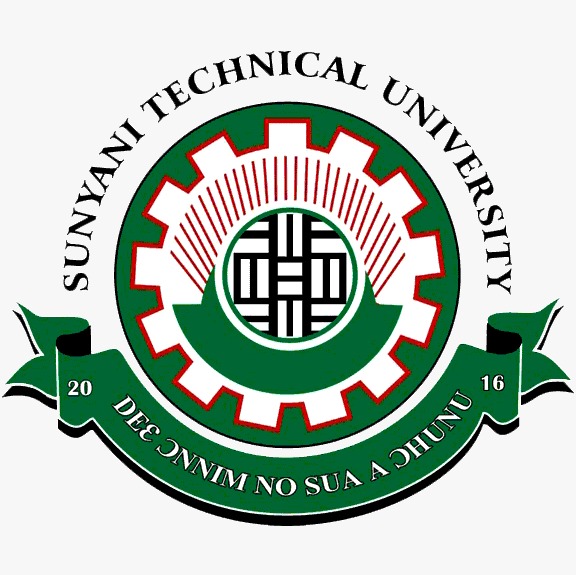Main Article Content
Abstract
The study examined the impact of money market activities on the economic growth of Ghana from 1981-2020. Data for the study were collected from the national bureau of Statistics and CBG Statistical Bulletin; the data collected were subjected to regression analysis with the aid of the SPSS 21.0 software package. The study revealed that the value of the Treasury bill to GDP in Ghana within the period under study shows a positive significant impact on the GDP. While the value of commercial paper also shows a significant impact on the GDP but does have a significant effect on the economic growth and value of bankers, acceptance note also shows a significant impact on the GDP. The study recommended that government and the monetary authorities should adopt policies and measures to improve and strengthen the development of the money market and money laundering activities. In particular, two of the money market instruments used in this study (treasury bills and commercial papers) should be sustained as major instruments for national economic development through appropriate monetary policy measures.
Keywords
Article Details

This work is licensed under a Creative Commons Attribution 4.0 International License.
References
- Chekole, F. C., & Mohammed Ahmed, A. (2023). Future climate implication on maize (Zea mays) productivity with adaptive options at Harbu district, Ethiopia. Journal of Agriculture and Food Research, 11. https://doi.org/10.1016/j.jafr.2022.100480
- Karanikas, N., Weber, D., Bruschi, K., & Brown, S. (2022). Identification of systems thinking aspects in ISO 45001:2018 on occupational health & safety management. Safety Science, 148. https://doi.org/10.1016/j.ssci.2022.105671
- Kearney, S. (2021). The challenges of beginning teacher induction: a collective case study. Teaching Education, 32(2), 142–158. https://doi.org/10.1080/10476210.2019.1679109
- KOÇALİ, K. (2021). How to Perform a Risk Assessment Gradually for Occupational Health and Safety. EURAS Journal of Engineering and Applied Sciences, 2(1), 1–19. https://doi.org/10.17932/ejeas.2021.024/ejeas_v02i1001
- Moore, L., & Swan, B. (2008). Developing Best Practices of Teacher Induction. Journal of Agricultural Education, 49(4), 60–71. https://doi.org/10.5032/jae.2008.04060
- Obidike, P., Uma, K., Odionye, J., & Ogwuru, H. (2015). The Impact of Capital Flight on Economic Development: Nigeria in Focus. British Journal of Economics, Management & Trade, 10(3), 1–13. https://doi.org/10.9734/bjemt/2015/20122
- Ofoeda, I., Agbloyor, E. K., Abor, J. Y., & Osei, K. A. (2022). Anti-money laundering regulations and financial sector development. International Journal of Finance and Economics, 27(4), 4085–4104. https://doi.org/10.1002/ijfe.2360
- Peprah, J. A., Kwesi Ofori, I., & Asomani, A. N. (2019). Financial development, remittances and economic growth: A threshold analysis. Cogent Economics & Finance, 7(1), 1625107. https://doi.org/10.1080/23322039.2019.1625107
- Yarovenko, H., & Rogkova, M. (2022). Dynamic and bibliometric analysis of terms identifying the combating financial and cyber fraud system. Financial Markets, Institutions and Risks, 6(3), 93–104. https://doi.org/10.21272/fmir.6(3).93-104.2022
References
Chekole, F. C., & Mohammed Ahmed, A. (2023). Future climate implication on maize (Zea mays) productivity with adaptive options at Harbu district, Ethiopia. Journal of Agriculture and Food Research, 11. https://doi.org/10.1016/j.jafr.2022.100480
Karanikas, N., Weber, D., Bruschi, K., & Brown, S. (2022). Identification of systems thinking aspects in ISO 45001:2018 on occupational health & safety management. Safety Science, 148. https://doi.org/10.1016/j.ssci.2022.105671
Kearney, S. (2021). The challenges of beginning teacher induction: a collective case study. Teaching Education, 32(2), 142–158. https://doi.org/10.1080/10476210.2019.1679109
KOÇALİ, K. (2021). How to Perform a Risk Assessment Gradually for Occupational Health and Safety. EURAS Journal of Engineering and Applied Sciences, 2(1), 1–19. https://doi.org/10.17932/ejeas.2021.024/ejeas_v02i1001
Moore, L., & Swan, B. (2008). Developing Best Practices of Teacher Induction. Journal of Agricultural Education, 49(4), 60–71. https://doi.org/10.5032/jae.2008.04060
Obidike, P., Uma, K., Odionye, J., & Ogwuru, H. (2015). The Impact of Capital Flight on Economic Development: Nigeria in Focus. British Journal of Economics, Management & Trade, 10(3), 1–13. https://doi.org/10.9734/bjemt/2015/20122
Ofoeda, I., Agbloyor, E. K., Abor, J. Y., & Osei, K. A. (2022). Anti-money laundering regulations and financial sector development. International Journal of Finance and Economics, 27(4), 4085–4104. https://doi.org/10.1002/ijfe.2360
Peprah, J. A., Kwesi Ofori, I., & Asomani, A. N. (2019). Financial development, remittances and economic growth: A threshold analysis. Cogent Economics & Finance, 7(1), 1625107. https://doi.org/10.1080/23322039.2019.1625107
Yarovenko, H., & Rogkova, M. (2022). Dynamic and bibliometric analysis of terms identifying the combating financial and cyber fraud system. Financial Markets, Institutions and Risks, 6(3), 93–104. https://doi.org/10.21272/fmir.6(3).93-104.2022






